Zelda Dungeon Presents: Our Spiciest Zelda Hot Takes!
Posted on April 01 2024 by Rod Lloyd

The internet loves a good hot take. All year round, whether you frequent Facebook, Reddit, Bluesky, or the website formerly known as Twitter, users are always ready to share their most controversial or contrarian opinions on just about any given topic. If an unpopular opinion would likely prompt an angry mob to point a dozen swords at your face or chain you in the center of crowded coliseum, you know that your average netizen will swiftly and smugly share it for all to see.
Zelda Dungeon, like all online communities, can appreciate the art of the hot take. We’ve not only made a business out of hosting a Zelda-themed debate each and every day, but we’ve always maintained a platform for our writers and contributors to share their most controversial opinions and provocative arguments about the Zelda series with the community at large. For as widespread and diverse as the Zelda fandom is, there will never be a shortage of Zelda hot takes out there, as they relate to every individual game in the series and to the series as a whole.
So, as we celebrate April Fools’ Day today, our team figured now was the perfect time share our hottest Zelda hot takes, no matter how audacious or irrational, with all of you. No Zelda game was off limits; no title was sacred enough to avoid the heat of persecution. Our writers, you’ll find, were ready to make bold claims about fan favorites and modern classics alike. Things got spicy, for sure.
So, without further delay, read on for Zelda Dungeon’s spiciest hot takes. Crack open a window, because it’s about to get a little hot in here.
Breath of the Wild and Tears of the Kingdom Are Just Too Damn Big For Their Own Good (Sean Gadus)
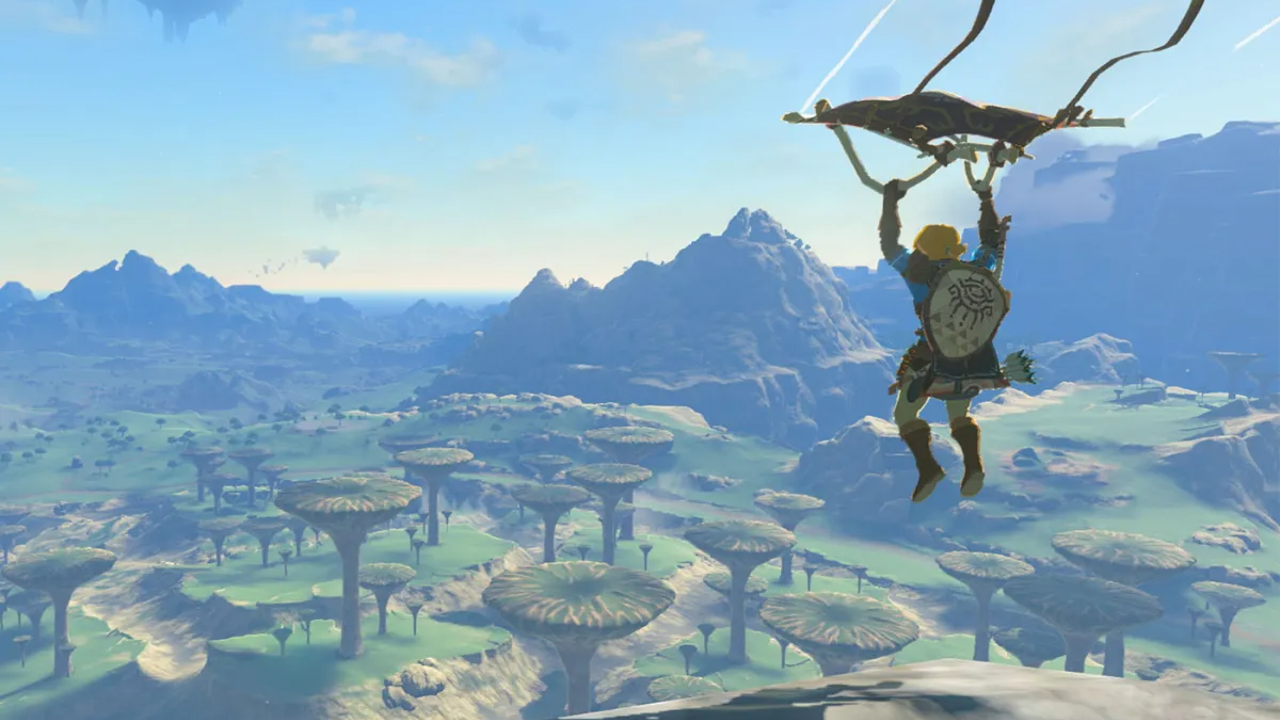
While Breath of the Wild and Tears of the Kingdom are critically acclaimed games that have sold incredibly well, they illustrate one of my biggest issues with many of the open-world games of the past two generations: humongous worlds that don’t have enough meaningful things to do. Many big open-world games feel bloated, and they are filled with repeat content that pads out playthroughs.
One of the things I enjoyed most about the previous Zelda titles was their “knowabilty.” From Ocarina of Time to Skyward Sword, I knew the name of every major landmark, every bridge, every river, and every region encountered during one’s adventure. Zelda games simulated a grand world without including any of the boring elements or doldrums of the real world. In contrast, Breath of the Wild is so sprawling that I lost my ability to know the entire world. Despite putting more time into Breath of the Wild than any previous Zelda game (and with longer playthroughs), I struggle to remember place names or to remember which Shrines are near which major towns. The massive size of Hyrule in Breath of the Wild and Tears of the Kingdom meant adding dozens of Shrines, hundreds of Korok Seeds, and countless fragile weapons, none of which really enriched my experience in significant ways but were required to help pad out the length of playthroughs. Tears of the Kingdom only exacerbated this size issue by adding The Depths and The Sky to explore.
Both Breath of the Wild and Tears of the Kingdom could have been 20% to 30% smaller, and these games would still have been renowned for their exploration and physics systems. The opening hours of Breath of the Wild on the Great Plateau are some of the best in the game because of the relatively small play space in comparison to the rest of the game. I genuinely hope that the next Zelda game narrows its focus with a world that is smaller and more intimate than Breath of the Wild.
Twilight Princess Has Some of the Ugliest Character Models in Any Game Ever (Nick Miller)
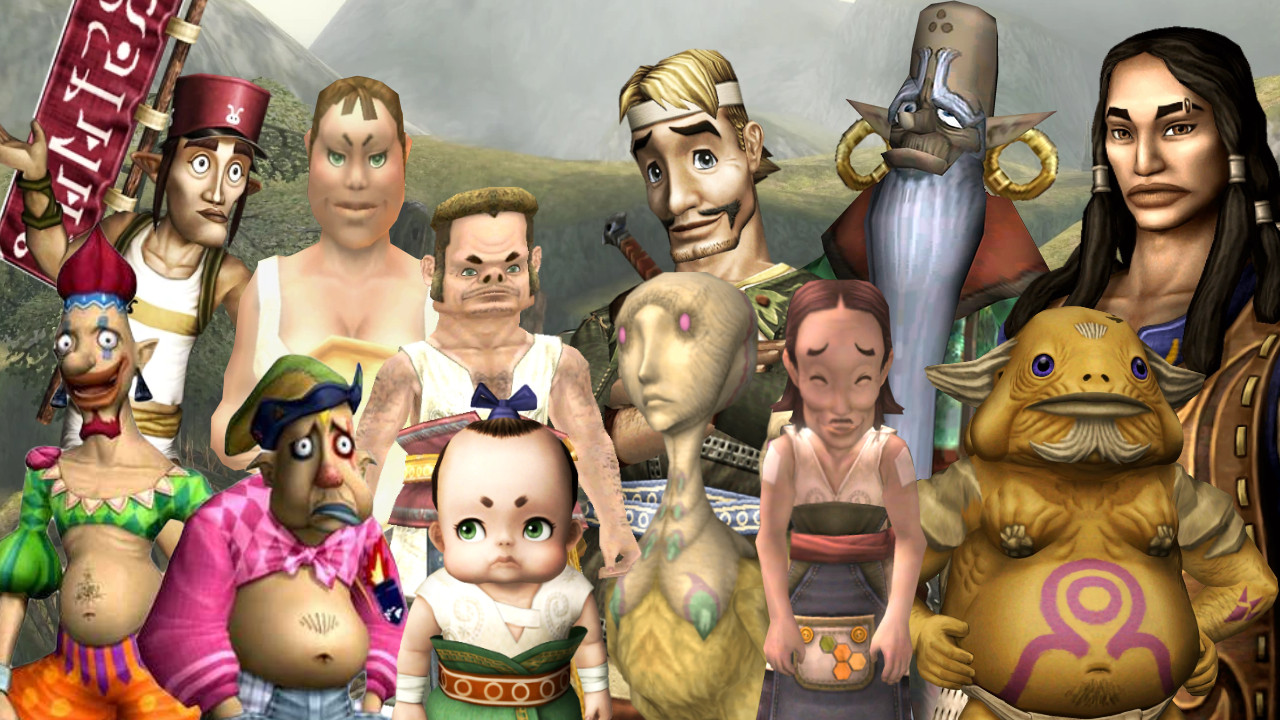
Twilight Princess is a beautiful game. With an art style that emits a vibrant yet grounded tone, it’s easy to see why Twilight Princess is considered a timeless classic. However, just as day has its night, and as Pinky has Brain, there must be an opposition in all things. For all the beauty of Twilight Princess’ sweeping vistas and detailed landmarks, it has the many residents of Hyrule. They are hideous!
Without exaggeration, Twilight Princess has some of the ugliest characters I have ever seen in any video game. The art department really did these characters dirty in this one. You’ve got such classics as the carnival caricature that is Rusl, Charlo and his Breath of the Wild Shrine-shaped head, and Ooccoo, who needs no explanation. I mean, almost the entirety of Ordon Village has some kind of deformity. I guess in a remote village with only four families, these things are bound to happen eventually.
Of course, the main cast are all gorgeous. Link is a handsome young man that makes even my straight heart flutter (except for when he makes that face during the dream sequence… You know the one). That being said, these people can’t all be stunners; I just wish more of them were given the visual palatability of Link, Zelda, or Ilia.
Cue the police officer from SpongeBob SquarePants saying, “Calm down, son. It’s just a drawing.”
Fi Is a Good Character (Aubriel Eastman)

Even if you’ve never played Skyward Sword before, you’ve no doubt heard about how annoying companion character Fi is. Her name alone is enough to dredge up inklings of exasperation. Is it pronounced “Fee,” or “Fai?” (It’s Fai, and I will not take criticism on this front.) Skyward Sword players will cite Fi’s constant interruptions and excessive hand-holding as reasons to dislike her character. Meanwhile, those who have played Skyward Sword HD tend to hold a differing but equally disappointing opinion. According to many HD players, when Fi’s excessive input is taken out of the game… she’s hardly even a character anymore.
I can concede that Fi’s constant information spouts and hand-holding can be a bit tedious, especially on a second or third playthrough of the game. However, I think people are completely missing out on her character.
The entire point is that Fi is a silly, impassive, robot-like spirit who can’t properly express herself. She clearly believes herself to be incapable of feeling things – but one look at Ghirahim, another sword spirit, will tell you that this is simply not true. The reason people who play HD don’t form an emotional attachment to Fi is likely because they talk to her as little as possible. If you talk to Fi, you’ll see that she has a personality. For instance, if you fail at the Silent Realms multiple times, Fi will snarkily remark that your chances of being the chosen hero are diminishing. When you search for Zelda in Faron Woods and find the Kikwi with her aura, answering “Zelda?” yields a long analysis from Fi that concludes with 95% accuracy that said Kikwi is, in fact, not Zelda. Also, she absolutely messes with Scrapper to further her own goals.
The reason Fi’s farewell at the end of the game causes so many players to shed tears is because she had a character arc right under our noses. By traveling with Link, meeting new people, and witnessing acts of kindness, she realizes that she is more human than anyone originally thought. Even if she’s not the best companion in the series from a gameplay standpoint, I find Fi to be an interesting and likable character on her own merits.
“Saria’s Song” from Ocarina of Time Is the Most Overrated Song in the Zelda Franchise and Is Objectively Bad (Josh Wittmershaus)
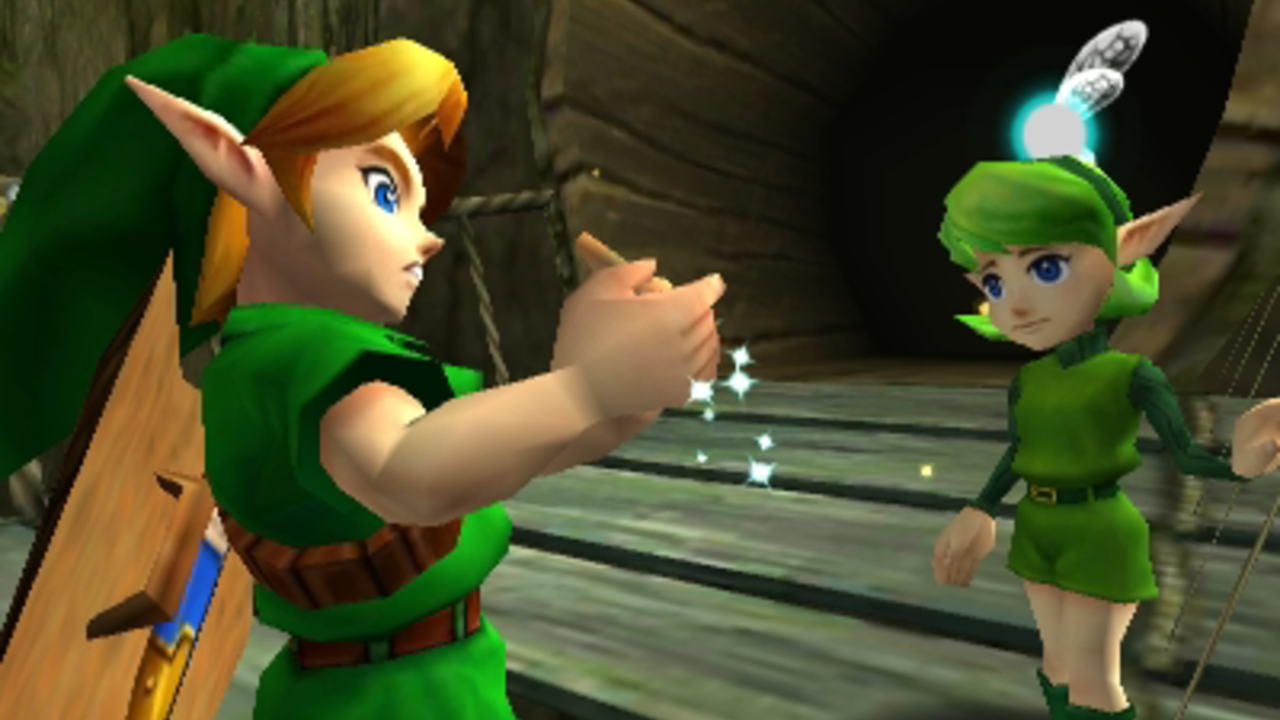
Many people describe “Saria’s Song” from Ocarina of Time, otherwise known as the Lost Woods theme, as a nostalgic song from their childhood and an immediate reminder of their experiences playing the game. At the risk of pulling a “Dictionary defines x as…” move, the etymology of the word “nostalgia” can be interpreted as “a painful return home.” Fitting, because this is exactly how I feel every time Link and I have to go back to that one place next to his home shire in this otherwise phenomenal game with perhaps an even more phenomenal soundtrack.
Perhaps it has to do with its placement between the Kokiri Forest, Goron City, and Forest Temple, which may round out the top three environmental soundscapes in the game for me. Perhaps it’s people’s love for it that fuels my cynical, contrarian opinion. Perhaps it has to do with the fact that, when compared with every other Zelda game’s version of the Lost Woods and their respective themes, this version (in my opinion, of course) ranks second to last* in terms of its conveyance of the themes and emotions that the region is trying to emit. Twilight Princess does a great job at showing us how to capture these lost elements while still keeping the familiar phrasing of the song. The original version… it just ain’t it.
Don’t let nostalgia shield you from the truth: with so many great, timeless Zelda songs, “Saria’s Song” shouldn’t even crack the top twenty.
*The last-ranked song is undoubtedly the “Faeries Woods” song from Oracle of Ages. This should require no further explanation.
The Zelda Cartoon Is Pretty Great, Actually (John Lortie)

The Legend of Zelda isn’t a perfect show by any means. Link’s character, and his constant search for a smooch from the titular princess, is awkward at best and harmful at worst. The writing is outrageously hokey – think of what Ganon’s mirror says in the first episode when the Demon King details his plan to join Hyrule’s amateur Magician’s Contest (“But you’re not amateur; you’re a pro”) or Link’s excessive use of his “Excuse me, Princess” line. The animation itself is as stilted as you’d expect from an 80s made-for-television cartoon. Despite all that, I unabashedly love the series anyway.
Part of my love comes from the cartoon’s sound-effects being lifted straight from the Nintendo Entertainment System and its music being new arrangements of the first Zelda game’s familiar tunes. Another part comes from Zelda taking an active role in the story for the first time, fighting side-by-side with Link against Ganon and his minions. There are also plenty of ideas introduced here that would make appearances in later Zelda games (a talking fairy companion, Link’s horse, Ganon disguising himself as a magic-wielder to stealthily invade Hyrule, and an underworld that spans the entirety of the realm, to name a handful). But the majority of my enjoyment comes from me taking the cartoon for what it is: a fun and charming look at a franchise I love, linked inextricably to the era in which it was made and released. The show’s a wholly unique piece of Zelda, corniness and all. It’s pretty great.
A Link Between Worlds Is Better than A Link to the Past (Connor Butler)
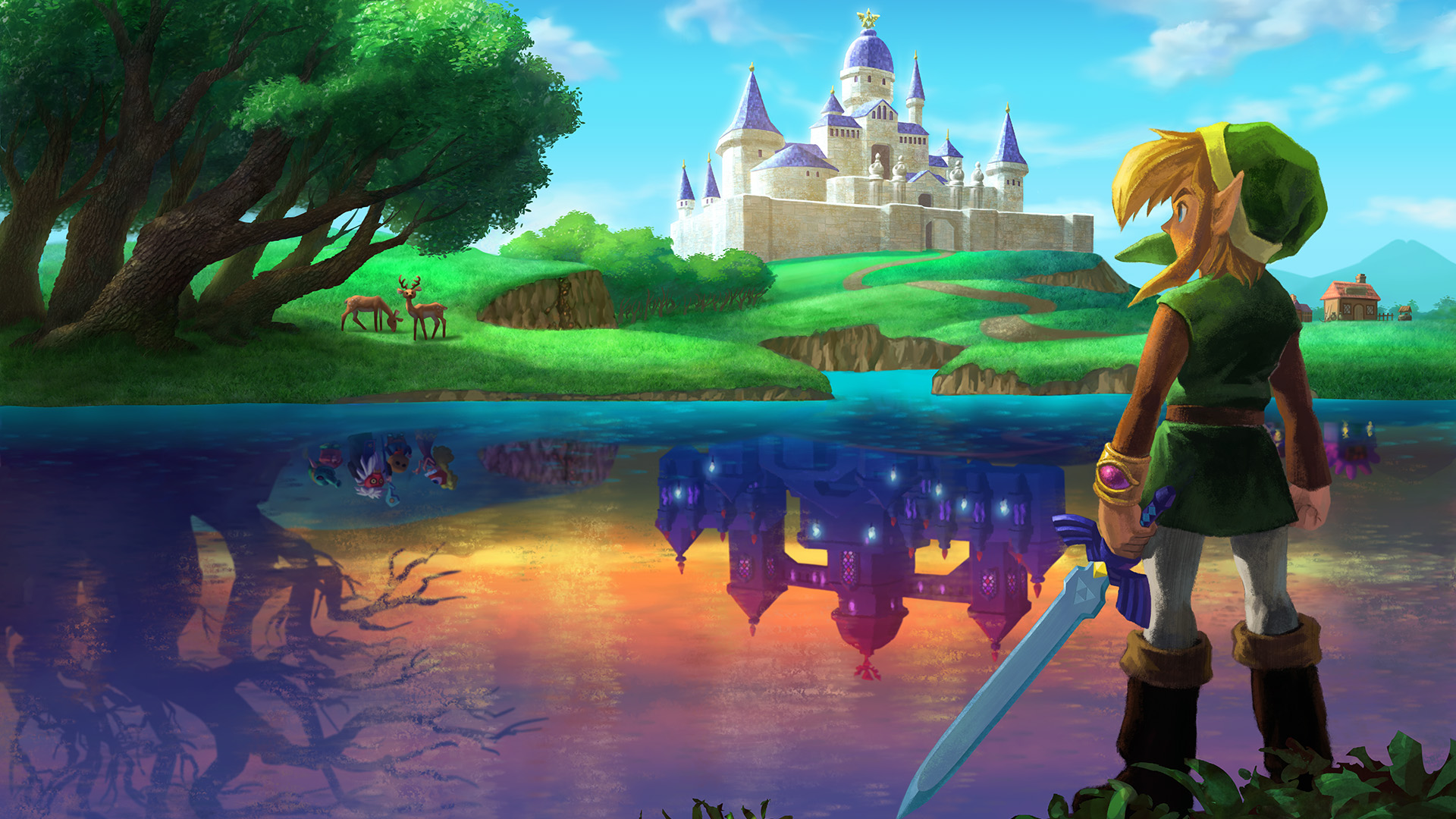
Don’t get me wrong; A Link to the Past is a WONDERFUL game that pioneered a lot of the tropes we know and love in the Zelda franchise. It’s a marvelous adventure filled with mystery and fun, and it will always be towards the top of my favorite-games-of-all-time list. However, nothing is without flaw. A Link to the Past is a little clunky, with some of the sword direction and combat controls falling short. This makes the combat immediately difficult, and with rooms filled with monsters, I almost feel as if puzzle-solving becomes a secondary to killing everything on screen while playing this game. This, in combination with the little bit of story we get, comes through as a great overall experience, but a tough one.
Flashforward to A Link to the Past‘s spiritual sequel, A Link Between Worlds. This game came at a weird point in the franchise’s life, which is why I think it often gets swept under the rug. This game took the overall design aesthetic and location of A Link to the Past and ran with it. It’s a wonderful game that looks and feels amazing. But how is it better? A lot of fans of A Link to the Past often direct their admiration for the game at their experiences playing it as a child. It’s a game bubbling with nostalgia. With that in mind, Nintendo could have created an experience in the sequel that only pandered to fans of A Link to the Past. However, they created a completely unique experience separate from the original title. As someone who never finished A Link to the Past until after I finished A Link Between Worlds, I was incredibly impressed with the game, and I felt even more invested in the 2013 title than the 1991 title. The game isn’t trying too much to be like its predecessor, but it tips its hat gracefully in beautiful and subtle ways to the original.
The “Hero Is Defeated” Timeline Is the Only Valid Progression of Events After Ocarina of Time (Charles Xavier)
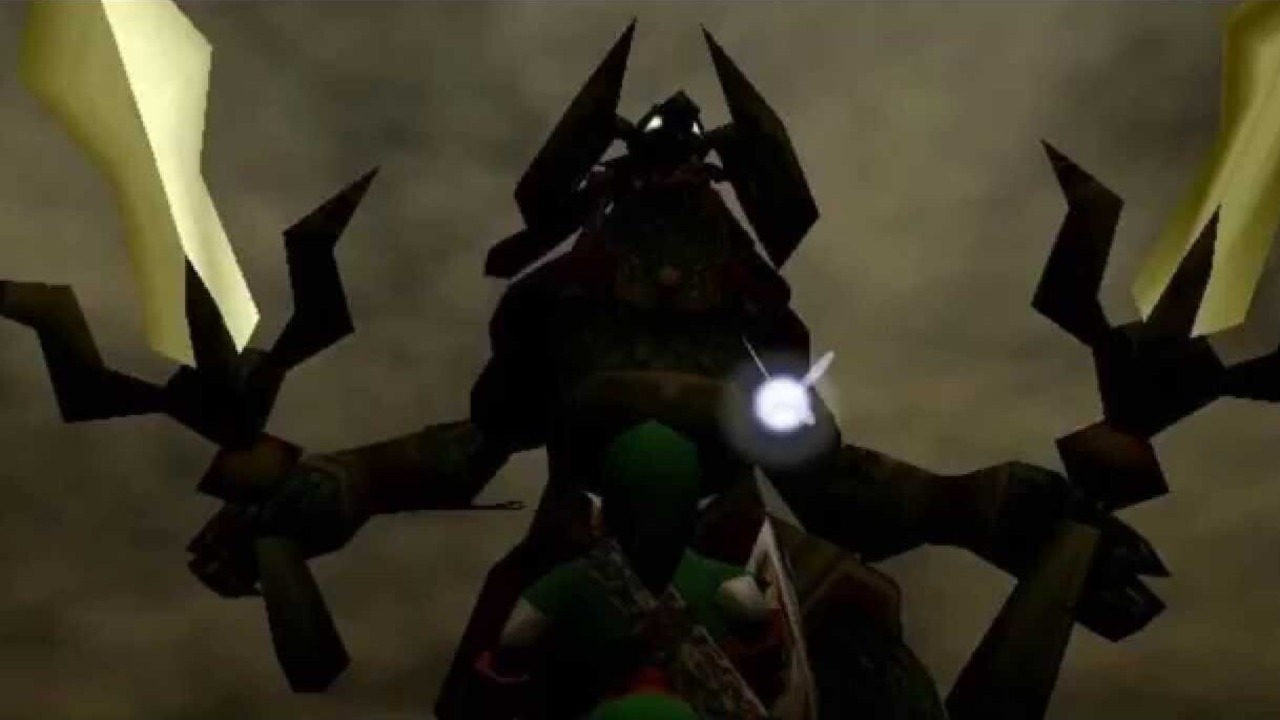
I’m going to unload two spicy takes here, so buckle up. First, the Zelda timeline is valid. It’s not some made-up thing. So many of the games were developed to either be sequels or prequels to existing games that, even if unintentional, a lot of the games have a chronological order. That might be a hot take to some, but if you’re acquainted with me, this is par for the course (I’ve been saying it for over a decade, after all).
So let me piggyback off that take to raise the heat to Death Mountain temperatures: the “Hero is Defeated (Downfall)” timeline is the only legitimately formed split from Ocarina of Time from a theoretical perspective! Crazy, right? Hang with me here and I’ll explain. Ocarina of Time concludes with Zelda sending Link back in time to relive his childhood. This creates two timeline splits: the Child Era where Link is a child again, and the Adult Era where he defeated Ganondorf but is removed by Zelda from existing in that timeline. Both of these timelines are not naturally formed splits of time. One is the result of sending someone backwards in time and then using knowledge of the future to alter history. The other is missing a person who should have been present, and because of their absence, a reincarnation of the Hero’s Spirit missed a generation that needed it. A lot of people argue the Adult Era is just a continuation of the pre-split timeline, but it’s not for the aforementioned reason; it’s just another altering of history.
Then there is the third — and least liked — timeline split, which explores the scenario of a timeline where the Hero of Time is defeated in Ocarina of Time. A lot of fans disregard this as a cop-out “what if” scenario. But actually, in quantum mechanics, these kinds of scenarios are completely sound! Some of us may have heard of Schrödinger’s quantum cat, which is a thought experiment related to superposition (If you haven’t heard of it, I highly suggest looking further into it). The Zelda series, in universe, seems to follow the “Many Worlds” interpretation of quantum mechanics, where all potential outcomes of a scenario happen, and these branching “what if” scenarios all co-exist simultaneously. This makes a branching timeline where the Hero could die in Ocarina of Time a very legitimate timeline split. It happens simply because it can, and it wasn’t formed as a result of tampering with time in any way!
Tl:dr: The Hero is Defeated timeline is the only timeline split that is naturally formed according to quantum theory.
Mipha Is Not a Likeable Character (Judy Calder)

Before I begin, I will acknowledge that Mipha is an awesome avatar in Hyrule Warriors: Age of Calamity. However, I consider her avatar to be completely separate from her character in Breath of the Wild.
So, here it is: Mipha is an unlikeable character. The Zora Princess, chosen Champion, and trident-wielding warrior fell flat for me, and it’s such a shame, since on paper that description reads like an awesome character. Instead, the reality is that Mipha is an absolute wet wipe. She’s this perfect, kind, and compassionate character which makes her feel very banal. And then there’s the fact that she is obviously in love with Link, which is even more boring in itself.
I’m not a shipper when it comes to the Zelda series, so please don’t assume that I won’t board the Mipha train because I can’t see past the possibility of Zelink. I literally just can’t reconcile a character that is so dependent on the main protagonist to be interesting. In fact, I think Mipha’s personality is so reliant on Link that she is robbed of any real individuality, to the point that her role feels weak and almost unnecessary. Perhaps if Breath of the Wild had invested more in the history between our favorite hero and the Zora Champion, I could be more forgiving to the character. Alas, Mipha’s existence feels entirely contrived.
The Next Brand-New Zelda Game Should Be a 2D Adventure on the Nintendo Switch (Jared Eubanks)
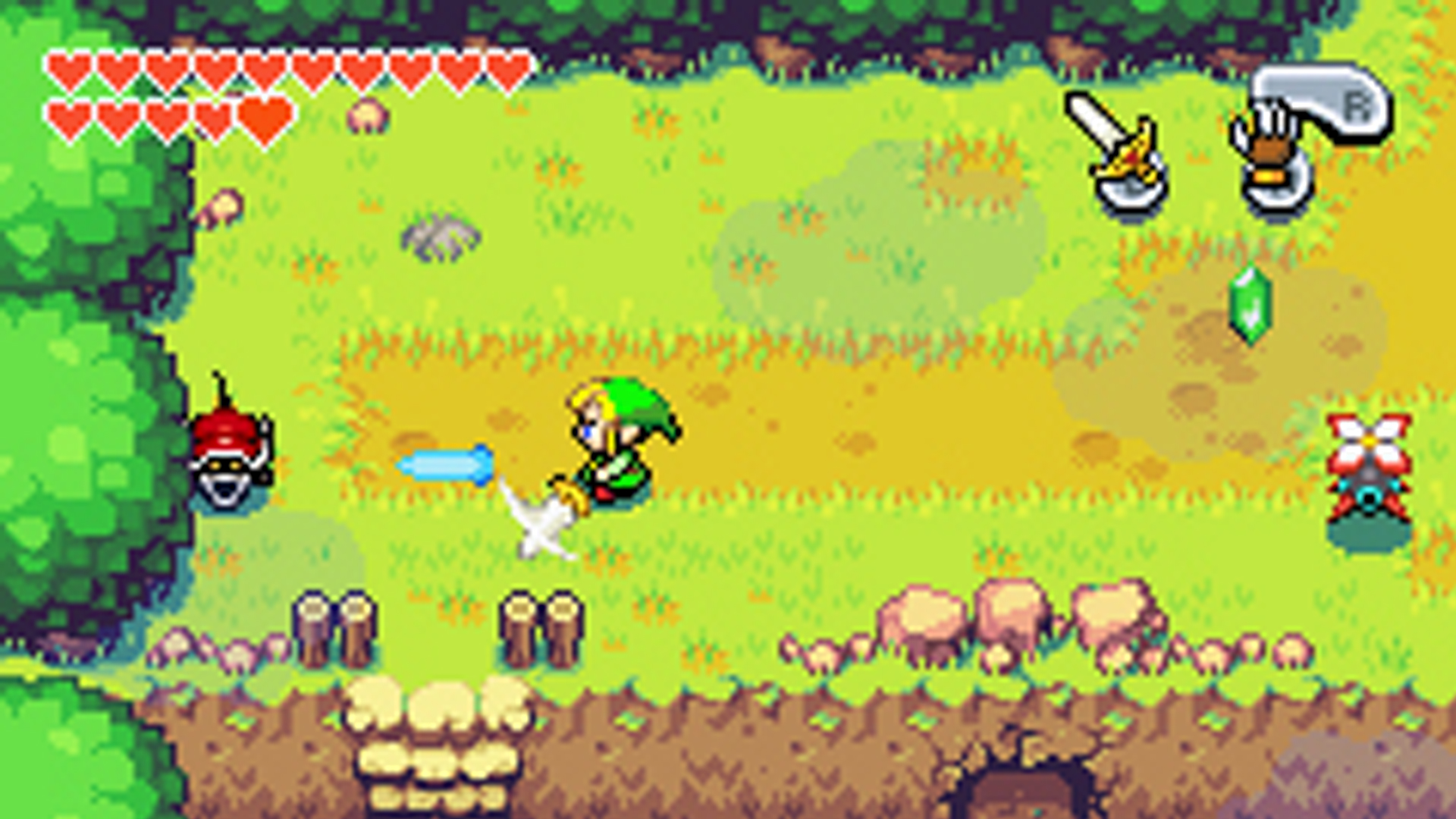
As the rumors about the Nintendo Switch successor console continue to swirl, I personally take the “I’ll believe it when I see it” approach. I would not be altogether surprised if the Switch didn’t have another two or three years left in it before its successor steps onto the stage. Nintendo continues to push out blockbuster titles like Super Mario Bros. Wonder, Pikmin 4, and Tears of the Kingdom, which all garnered awards in the video game community. While the power gap ever widens between Nintendo and its competitors, the Switch continues to succeed with Nintendo’s Blue Ocean strategy. There is no urgency to move beyond it, and there is a lot of pressure for Nintendo to thoughtfully time and test its next console before release.
So (hold your disbelief for a moment), let’s hypothetically say that the Switch successor doesn’t come until 2027. Will we see a new Zelda game before the Switch’s curtain call? I’m not talking about a port of The Wind Waker HD, or a remake of the Oracle games in the same art style as Link’s Awakening, or another spinoff entry in the Hyrule Warriors series. I’m talking about a brand-new Zelda game built from scratch. While we certainly will not be seeing a new 3D adventure on Switch, I personally think Nintendo is fully capable and should make it a priority to release a brand-new 2D adventure on the current Switch console before its sunset. I’m thinking something like a top-down, 2D adventure taking approximately 20 hours to complete the mainline quest, either in a pixel art style like The Minish Cap, or a cartoon art style like A Link Between Worlds. Waiting several years between brand-new entries is unfair to the fan base, and Nintendo should expand their vision by providing a range of Zelda game lengths without having to always return to the well to fill in dead stretches with ports or remakes. Even if Nintendo started today, I think such a project is doable and something Nintendo should prioritize before the Switch becomes last-generation.
Ocarina of Time Has Lost Its Appeal Due to Fans’ Nostalgia (Heather Beard)
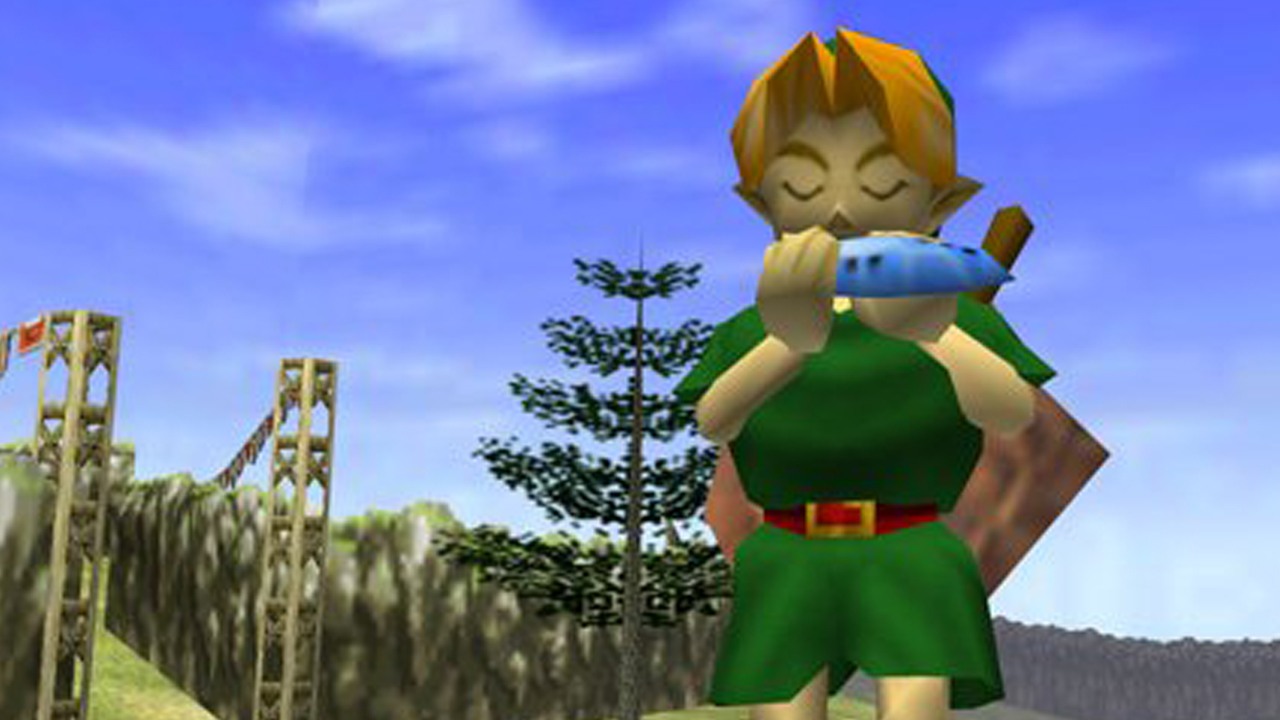
I hold a lot of love and respect for Ocarina of Time. It was the first Zelda game that I ever picked up and played, and I have a lot of fond memories of playing and replaying it. Over the last handful of years though, Ocarina of Time has lost a little bit of its appeal, and I think that is due to the overwhelming feel of nostalgia that it has garnered from the fan base.
Ocarina of Time is an excellent game. I personally don’t hold the opinion that it is the best Zelda game, given the releases that we have had since 1998, and I think it’s a shame that nostalgia overshadows Nintendo’s recent successes with the Legend of Zelda series. Ocarina of Time was legendary for its time, but since then, Nintendo has only kept pushing the boundaries with the Zelda series. I feel that, as a fan base, we have become a little belligerent to anyone who doesn’t say that Ocarina of Time is their favorite Zelda game, and that we forget about where the series has gone since that game’s release. Breath of the Wild, Skyward Sword, The Wind Waker, and even Twilight Princess are all standout games, but all their great parts are forgotten because we haven’t been able to move past clinging to nostalgia. Due to this, Ocarina of Time has lost some of its appeal in my eyes. I won’t argue with the fact that it’s a fantastic game and a must-play for those that love Zelda and video games in general, but we forget that there are other Zelda games just as worthy of the same love that we give to Ocarina of Time.
Breath of the Wild Had the Strongest Story of Any Zelda Game (Michael Jensen)
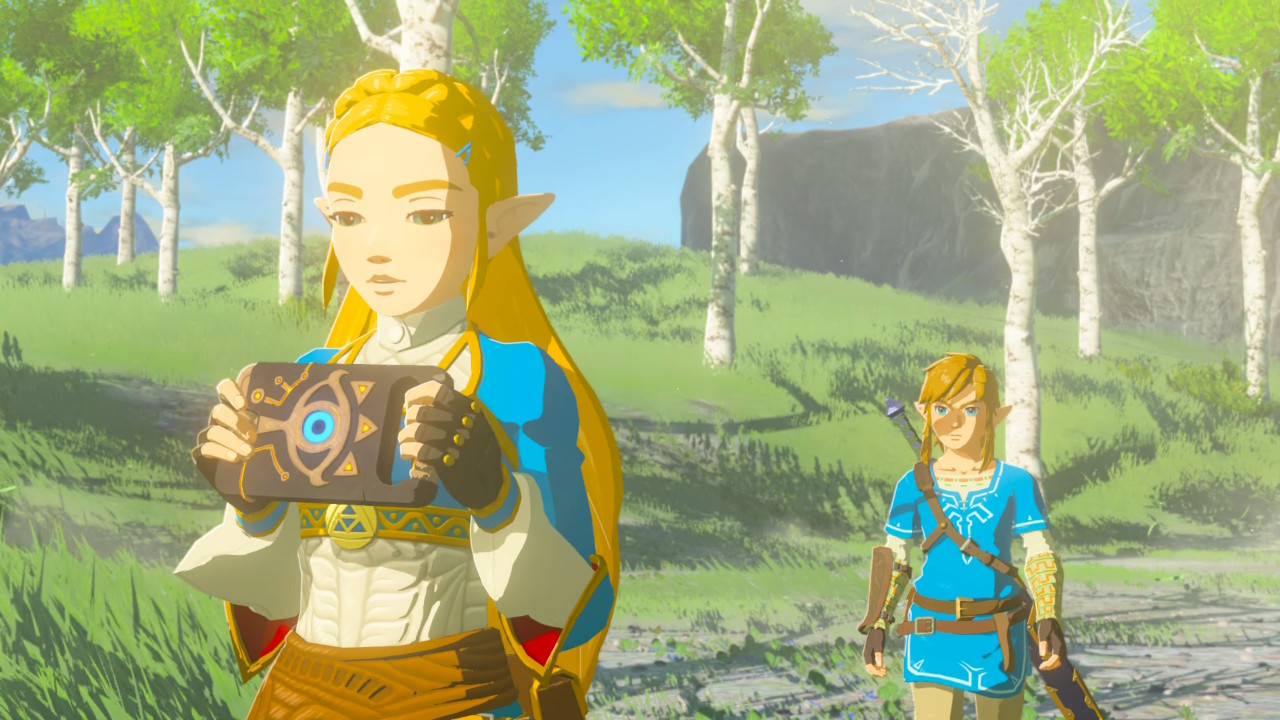
When I played Ocarina of Time for the first time, I distinctly remember the first time I reached Hyrule Field. The openness, the huge world that I could now explore; it was a beautiful moment. But it also marked a death knell of disconnect for the story: from then on, Link wanted to save the princess, and I wanted to explore every nook and cranny I could. I still love the story from that game, but each fetch quest and cutscene was also a barrier to the parts of the game that mattered most to me.
To some extent, this is true in almost every Zelda game. There’s always a branching moment where Link needs to do one thing, and I, as the player, want to do another. It’s become a meme: Zelda locked away by Ganondorf and Link worrying about minigames. So why does this make Breath of the Wild — the ultimate minigame Zelda title — also the one with the best story? Because it’s one of the rare games where the player and character are truly aligned in their goals.
At the end of the tutorial, Link receives two charges: 1) to defeat Ganon, 2) to travel, explore, regain memories and grow in power to prepare for this final fight. This gives the player complete freedom to pursue exploration as they wish, without feeling that they are abandoning the main mission. Every time I’m hunting for Korok Seeds, or collecting armor sets, or exploring settlements, I feel that I’m preparing for, and not ignoring, Link’s overarching quest. Layer this with a completely original backstory exploring an iteration of Zelda that not only rejects her sacred mission, but openly dislikes Link, and you get the most interesting, immersive, and engaging story of any Zelda title.
Princess Zelda in Twilight Princess Is Pointless (Chakell Herbert)
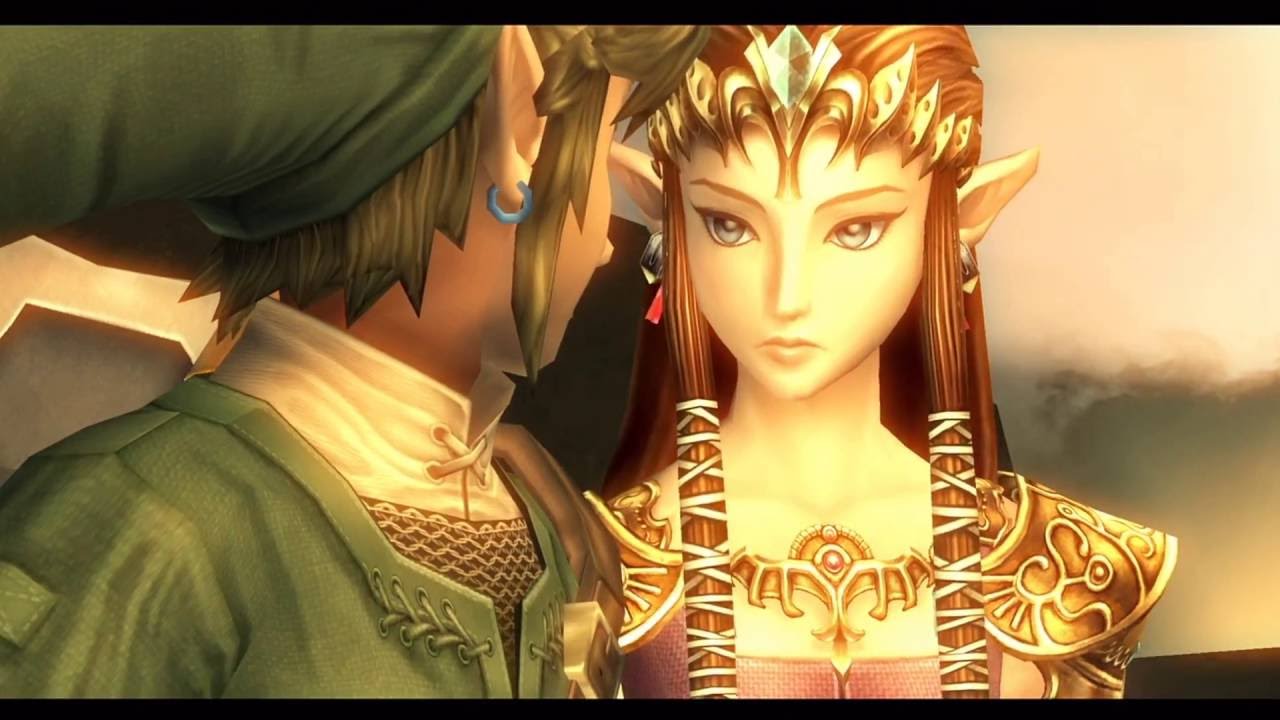
Okay, hear me out. I love Princess Zelda and her many incarnations so much that I would die for her. I also love Twilight Princess! However, over time and much pondering after each playthrough, I realize more and more that Princess Zelda in this game is completely overshadowed by Midna and Link’s relationship. I love Midna and her character growth. I love the edginess in this entry in the series. But for me, what keeps this game on the lower end of my favorite 3D adventures is the lack of Princess Zelda! Honestly, to me she’s kind of just shoe-horned into the story, and I feel like Link and Midna could have prevailed without her. Sure, she does save Midna after the Twilight Princess is ambushed by Zant, and she does ride Epona with Link and shoot arrows at Ganondorf like a boss in the endgame, and her design in this game is fantastic! But her character just falls flat for me.
The appeal of Zelda games for me is often, if not always, found in Link’s beautiful, transcending, and eternal relationship with his princess. Their connection as the “blood of the goddess” and the “spirit of the hero” is so beautiful, and it’s somewhat lacking in this game. Yes, I understand that Skyward Sword came after Twilight Princess and this whole piece of lore was officially set in stone in that game. However, the best Zelda games to me showcase their relationship and how vital it is as they work together to destroy evil. But in Twilight Princess’ case, and fitting as it is for its namesake, Midna outshines the princess of Hyrule this time around, almost to the point where Zelda is pointless to the whole story.
The Wind Waker’s Triforce Shard Fetch Quest Is All About Enjoying the Adventure, Not Getting Irritated by the Grind (Kristen G. Rosario)

The Wind Waker takes the concept of a fetch quest and spans it across the Great Sea, with our hero Link having to sail all around meticulously to dig up the shards of the Triforce of Courage. Now, by this point in the game, some players have already seen most of what these seas have to offer. This of course means you’ll probably find this portion of the game extremely tedious. However, I don’t think this is necessarily a bad thing.
I think that the point of this fetch quest is the game giving you that opportunity to explore the map if you haven’t done so already. While exploring the world of The Wind Waker is something most of us do from the start, that doesn’t mean we all do it. There are some who just want to focus on the main quest. Before anything crazy happens as you approach conclusion of the main story, The Wind Waker wants to give you an opportunity to see everything the Great Sea has to offer.
The game pauses the story for just a short while so that you can experience the adventure that it offers. Take on some sea beasts, chart the map, explore any random island you haven’t gotten a chance to check out yet. Most of the shards are located in each little corner of the map, giving you more than enough reason to sail around and explore.
“Ballad of the Goddess” Is a Bad Song (Rod Lloyd)
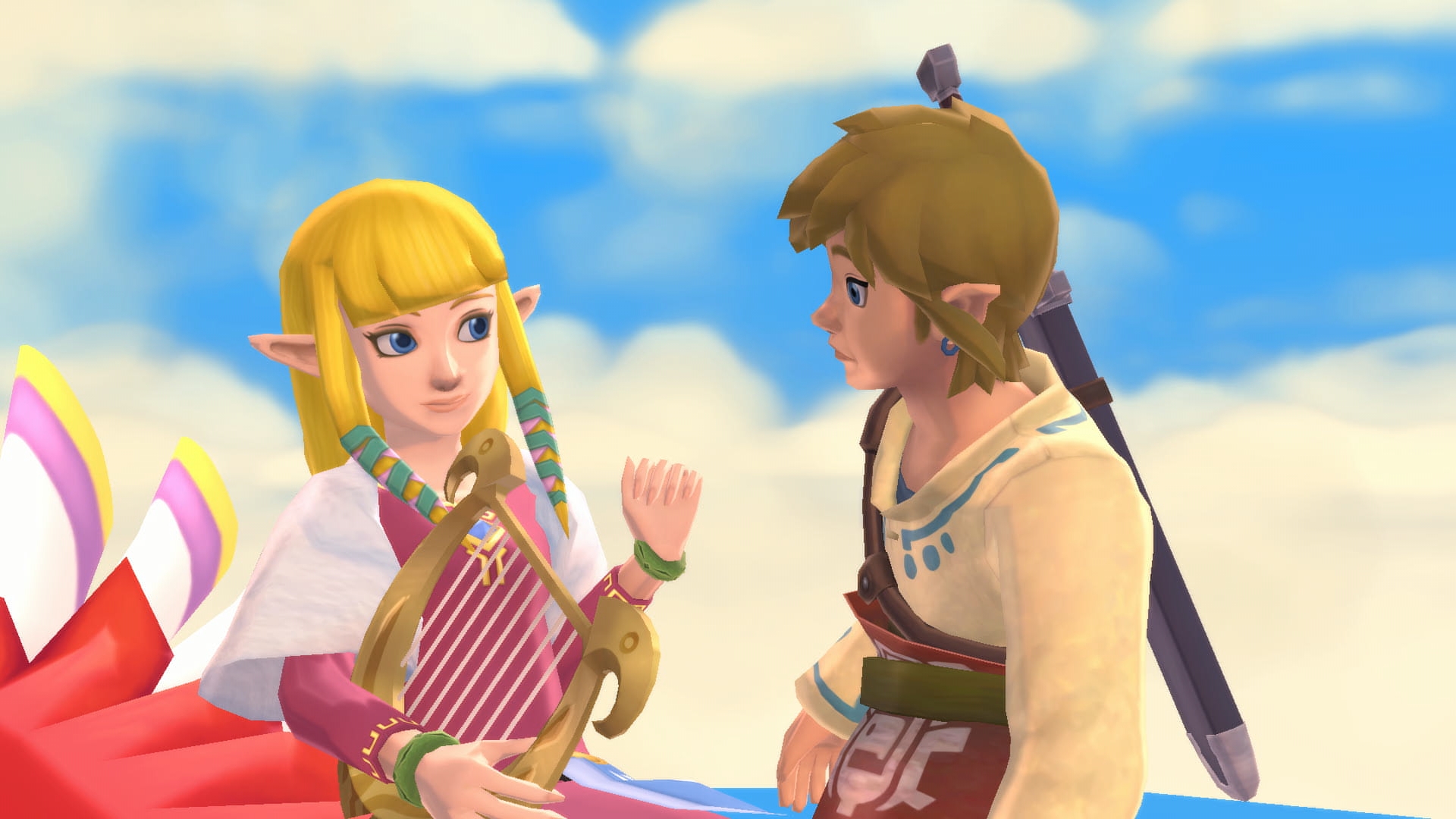
Skyward Sword‘s main theme undoubtedly carries the sonic appearance of a grandiose Zelda main theme. Played with a full orchestra — one of the first Zelda main themes to be so — “Ballad of the Goddess” boasts all the loudness and dynamic instrumentation that one would expect from an “epic” title theme. But these qualities are only skin deep. No amount of bombast and bigness can save a deficient melody.
The primary melody of the “Ballad of the Goddess,” an inversion of “Zelda’s Lullaby,” never comes together into something satisfying. It never comes together into what I’d call a confident arrangement. Because it’s strictly tied to an existing classic theme — and presumably because the arrangement needs to retain that classic theme when reversed — the “Ballad of the Goddess” itself, with its constant start-and-stop pacing, sounds like it’s hesitating to find the next part every single second. It’s the sonic equivalent of a drunk man stumbling after each and every step.
Many were blown away when it was first discovered that “Ballad of the Goddess” was “Zelda’s Lullaby” backwards. I, however, was merely given an explanation for the immediate revulsion I felt toward the tune. I knew there was something uncanny about “Ballad of the Goddess” the first time I heard it, and now I know it’s because I’m hearing a much better melody played backwards with no attempt made to smooth out the awkwardness. Thirteen years later, the novelty of “Zelda’s Lullaby” played backwards has completely worn off. We’re now simply left with a theme tune that can’t stand on its own merits.
I Like the One-And-Done Nature of Twilight Princess’ Dungeon Items (Brandon Schmitz)
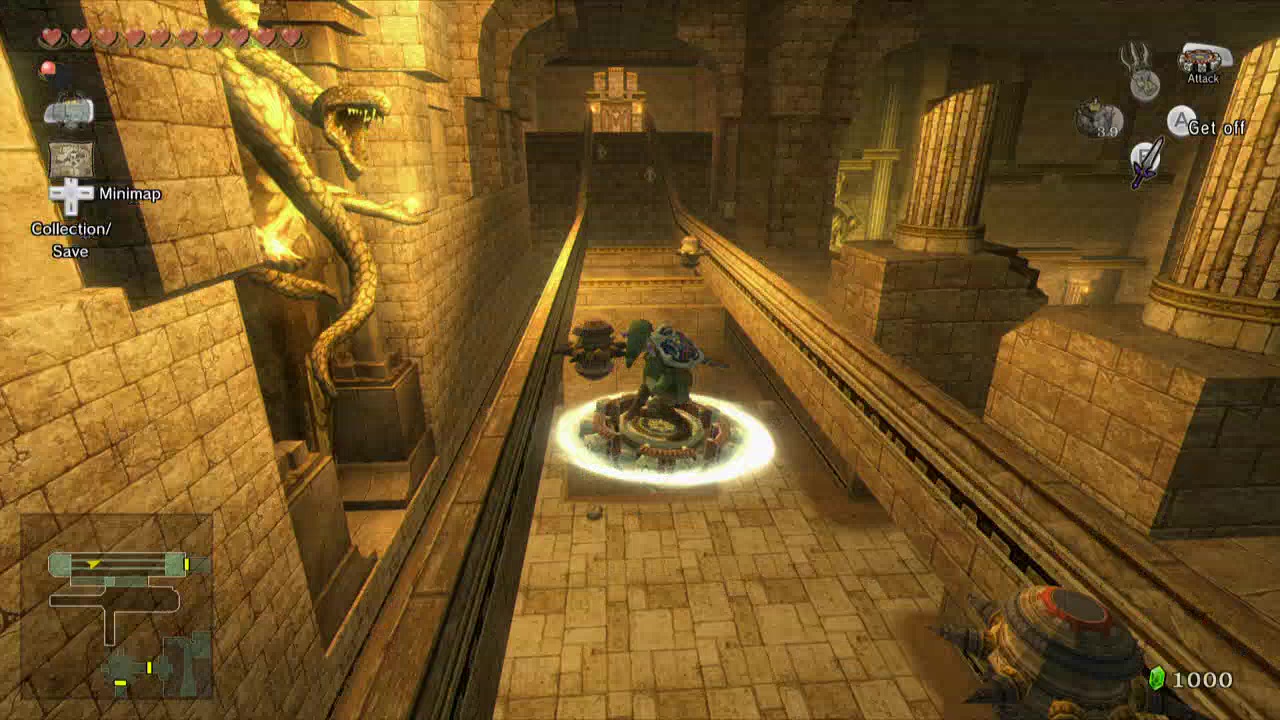
A common sentiment within the Zelda fan community is that Twilight Princess boasts many of the series’ most unique and inventive items. Seemingly just as common among fans, however, is the feeling that most of these items become obsolete too quickly. Indeed, gadgets such as the Spinner, Ball and Chain, and Dominion Rod especially are barely required outside of the dungeons in which they are found.
Personally, though, I find their mostly one-off nature to be pretty refreshing. With a whopping nine dungeons to its name, Twilight Princess is able to experiment with a variety of unique concepts. Perhaps my imagination is just too limited, but I generally feel as though the more gimmicky items fulfill their potential within their respective dungeons. Meanwhile, more practical tools such as the Bow and Clawshot continue to get attention well into the endgame. Heck, even the Spinner isn’t totally absent from Hyrule Castle. If nothing else, this approach only enhances my appreciation for the individuality of each dungeon.
Ocarina of Time Is Only Good as a Randomizer (Alexandria Weber)
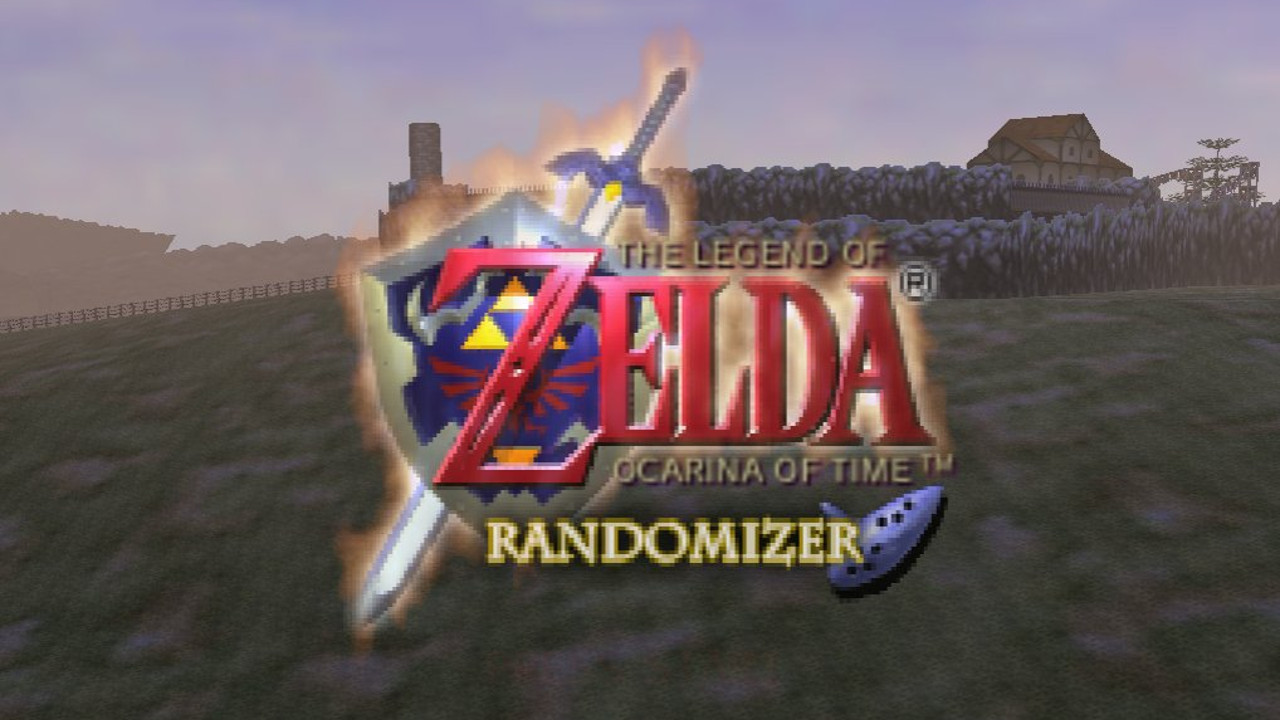
Baskin Robbins is a chain of American ice cream parlors that boasts at least 31 different flavors of the tasty, classic treat. With almost 40 years of the Zelda series, there is a similar array of options for Zelda fans. Whether you want the tropical flavor of Link’s Awakening, the ooey-gooey sweetness of Skyward Sword, or the unforgiving (yet satisfying for some) sourness of The Adventure of the Link, there are many options to satisfy your cravings.
However, I would describe Ocarina of Time as vanilla-flavored. It’s a classic, good-tasting backup that is sweet and yummy, but still leaves something to be desired. Once you’ve tasted the likes of rocky road, after all, it’s hard to go back. Ocarina of Time is a middle-of-the-road, average Zelda game, just like vanilla is a middle-of-the-road, average ice cream flavor.
This is why Ocarina of Time is the perfect blank canvas for a randomizer to spice things up. If you know the game well, it’s hard not to get tantalizingly sucked into the chaos of finding your Iron Boots in Kokiri Forest or acquiring your Hookshot by serenading a cow. The game’s map makes it easy to get from place to place, yet it still has a lot of nooks and crannies to explore. There is also a lot of great music in the soundtrack as a whole, so when it’s mixed up in different places, the stark difference between tones adds a ludacrity that only randomness could only provide. All in all, if given the choice between playing Ocarina of Time or an Ocarina of Time randomizer, I would choose the latter in a heartbeat. Otherwise, I feel like it’s the only Zelda game that bores me to play.
Everyone Thinks Revali Is a Jerk, but He’s One of the Most Compelling Characters in the Entire Zelda Series (Nicole Scott)
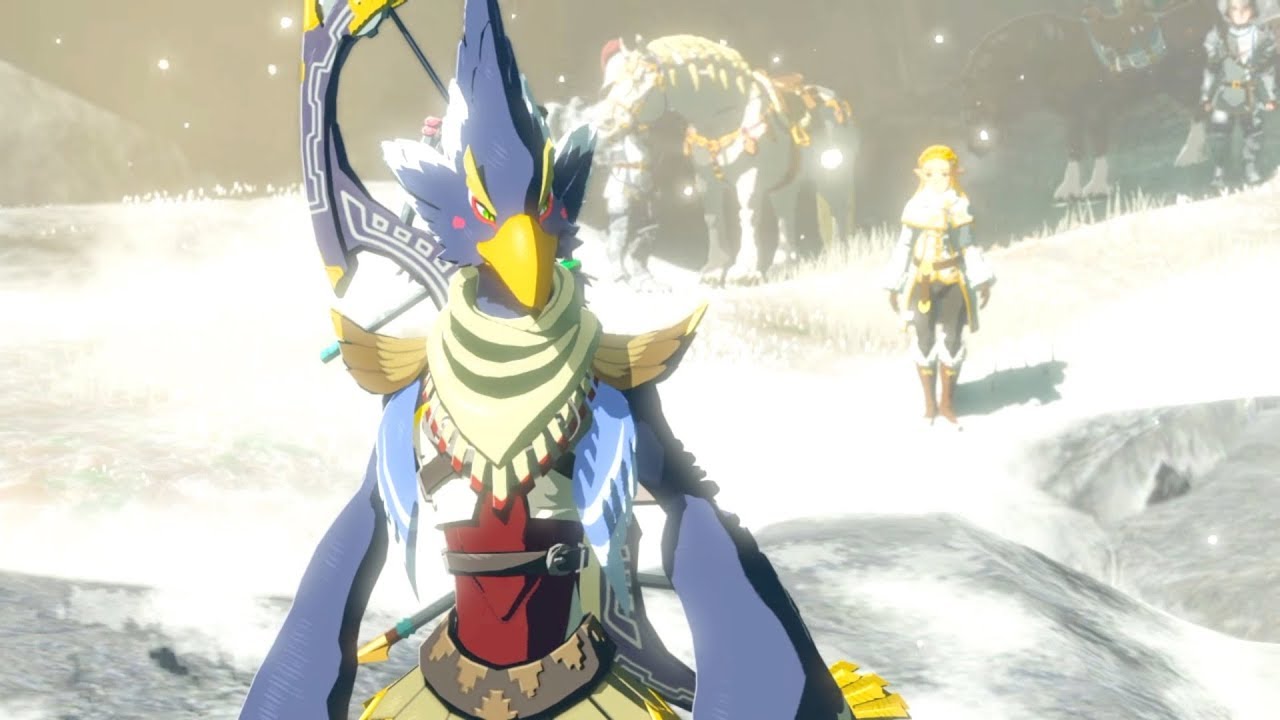
I believe Revali is the most complex and best written of the Hero of the Wild’s companions — perhaps a top character in Zelda history. How? His reluctance and persistence makes him stand out. The rest of the Champs are one-note in a singular regard — they’re all enthusiastic to fight Ganon. Revali is the only character delivering variety and realism when committing to a potentially futile cause and an “unworthy” knight. It’s quality writing that he second-guesses Zelda’s request, as it yields an internal and external conflict of his self-worth. Players read this in his diaries as he struggles with self-confidence, manifesting as his standoffish persona.
People claiming Revali’s only character trait is arrogance are missing the nuances to his development. His vulnerability progresses, leading to gifting Link his Gale. It is one of the most subtle yet poignant moments of character depth, especially in Breath of the Wild, where no other Champion quite receives this treatment. He is also a poetic parallel to Zelda, making him even more layered. His resentment toward Link is much like hers — they are both surrounded by naturally gifted warriors, receiving minimal to no rewards or recognition despite working the hardest to unlock their potential. Revali trained endlessly to become the pride of the Rito, with no empowered or royal bloodline backing him. Yet, he persisted admirably at the Flight Range that he had constructed out of view, possibly so villagers wouldn’t see him less than his best.
His sensitive side shows when he tried to earn Link’s reaction — even his validation. However, Revali was off-put as Link remained stoic when showing off the Gale’s splendor. This makes him an empathetic character. Consider how you would feel in this circumstance — a stone face against your life’s work. It makes his acceptance to be a Champion and genuine care for Link’s safety during the Windblight Ganon fight all the more impactful. The situation was so dire that even Revali couldn’t let his insecurities supersede Hyrule’s mission or cloud Link’s value. He allows his façade to dissolve. Eventually, he says he will always call the village home despite becoming a memory — what a triumphant declaration of his growth.
Majora’s Mask Was a Hot, Glitchy Mess That Only Got Popular Because of Creepypastas and Fan Theories (Leslie Jacobson)
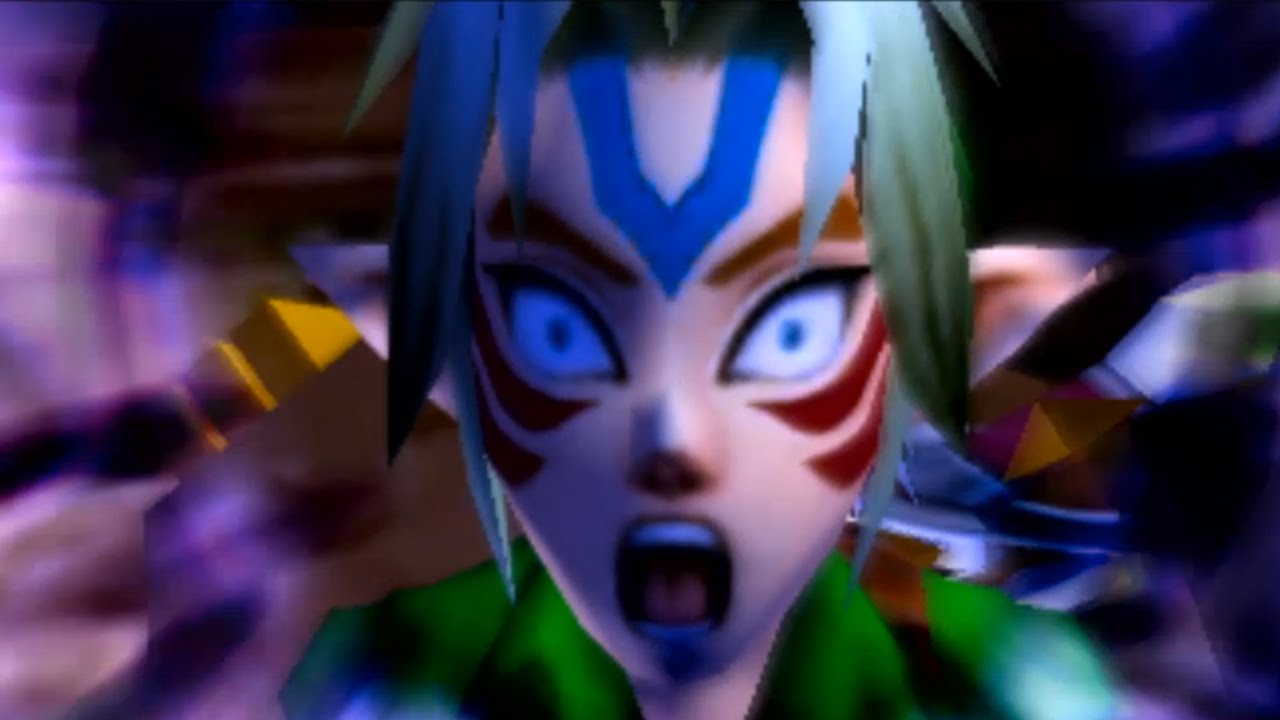
Majora’s Mask rode on the coattails of Ocarina of Time’s success. Using assets and gameplay controls very similar to that 1998 classic, the developers of Majora’s Mask churned out a game that was very different from any other game in the franchise up until that time. Its main gimmick was a repeating three-day cycle, and it had a darker story than any other Zelda game up until that point, because most of the main story focuses on the deaths of many characters and the coming end of the world.
Majora’s Mask has a few well-known glitches that can dial up the creepy factor to 11 if you can manage to pull them off. I played the game when it came out and enjoyed it, but I remember being frustrated with some of the controls (such as Goron rolling) and the clunky save system if you wanted to save in the middle of a three-day cycle. The thing is, I don’t remember anyone talking about Majora’s Mask being their favorite Zelda game when it came out or even shortly after. Most other Zelda fans agreed it was interesting, but no one thought it was better than Ocarina of Time.
Then, two prominent internet sensations put Majora’s Mask on more people’s radars. In 2010, the “BEN Drowned” creepypasta made its way onto YouTube and various message boards. In a series of posts and video clips, a college student going by the username “Jadusable” recounts his purchase of a haunted Majora’s Mask cartridge at a garage sale. BEN Drowned was a creative multimedia story that took advantage of Majora’s Mask‘s glitchiness and dark themes. It straddled the line between reality and fiction, and many consider it to be the best creepypasta ever made.
Then, in 2011, an article titled “Themes in Motion: Majora’s Mask and the Five Stages of Grief” was published on Zelda Informer. While not the earliest piece connecting Majora’s Mask to the Kubler-Ross theory of the five stages of grief, this article and YouTube content creator MatPat’s “Link is Dead” Game Theory video helped popularize the idea. While it has since been debunked by Aonuma himself, it certainly put Majora’s Mask into the spotlight and helped draw attention to Operation: Moonfall, a fan petition to get Majora’s Mask remade for the Nintendo 3DS. Suddenly, it felt like many in the Zelda community praised Majora’s Mask for its deep storytelling and unique gameplay.
I truly believe that, if the BEN Drowned creepypasta and the “Link is Dead” video had not become popular, Majora’s Mask would be remembered as the glitchy black sheep of Zelda sequels. I do not believe it would have gotten a remake for the 3DS without the two different media sources dragging it back into the collective internet consciousness. In addition, the 3DS version fixed a lot of the bugs, glitches, and improved the overall gameplay, so the original Majora’s Mask is not the masterpiece some think it to be.
There you have it: Zelda Dungeon’s spiciest hot takes served directly to you! Do you share any of these unpopular opinions? What are your hottest Zelda hot takes? Be sure to let us know in the comments below!
Featured Image by Zelda Dungeon Art Director Heather Beard.
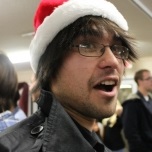
Rod Lloyd is the Editor-In-Chief at Zelda Dungeon, overseeing the news and feature content for the site. Rod is considered the veteran of the writing team, having started writing for Zelda Informer in 2014 as a Junior Editor. After ZD and ZI officially merged in 2017, he stepped into the Managing Editor role and has helped steer the ship ever since. He stepped up to lead the writing team as Editor-In-Chief in 2023.
You can reach Rod at: rod.lloyd@zeldadungeon.net



